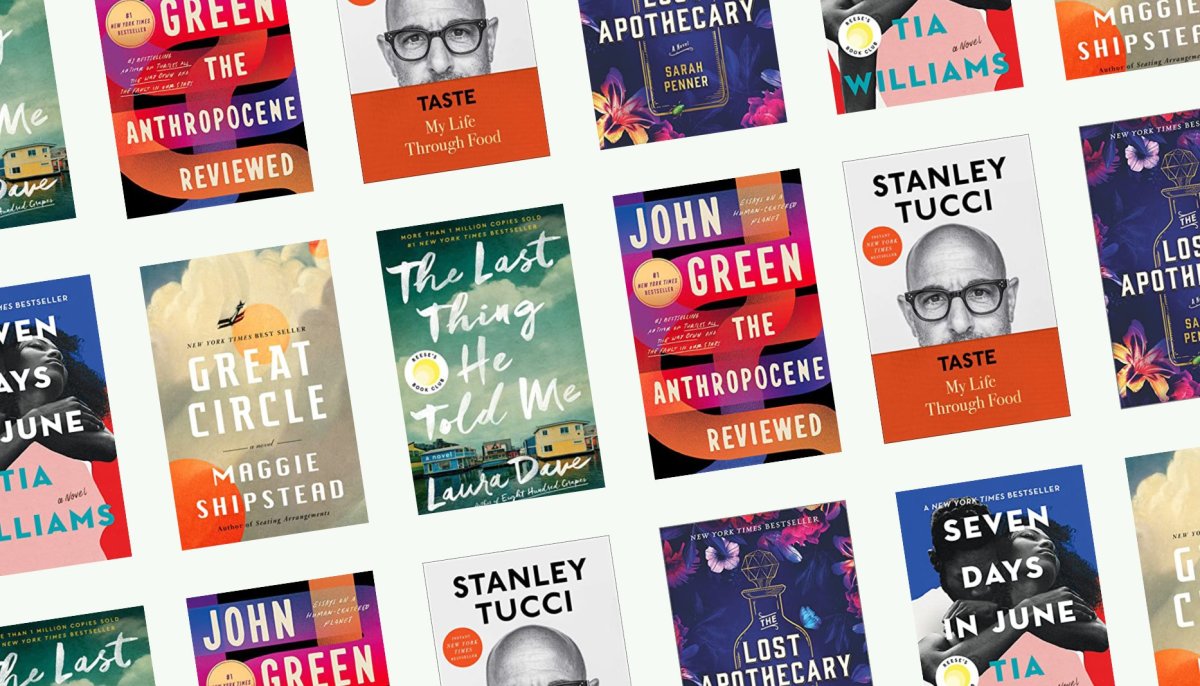Video art has faced its share of institutional challenges over the years. The Museum of Modern Art’s “Signals: How Video Transformed the World,” which graced MoMA’s 6th floor until July 8, marked a significant milestone in the medium’s history. Here’s a quick dive into this fascinating realm.
Video/Art: The First Fifty Years by Barbara London (2020)
If you’re going to read one book on video art, this memoir by Barbara London, a former MoMA curator and early video art supporter, should be it. London provides a captivating glimpse into the art world of the 1960s when video began to disrupt traditional norms.
She shares entertaining and era-defining anecdotes about downtown New York, where artists casually shared cameras like joints. London recounts serendipitous encounters that shaped the medium’s canon, including her first meeting with Nam June Paik, the “father of video art.” Her tireless efforts from an office that once a utility closet led MoMA to acquire video masterpieces at astonishingly low prices.

Broadcasting: EAI at ICA (2018)
Electronic Arts Intermix (EAI) played a pivotal role in the history of art. Established in 1971, this New York-based organization created a vital infrastructure to support video artists whose work didn’t fit the traditional gallery mold.
EAI facilitated distribution and lending agreements and housed an iconic editing suite where countless masterpieces were completed. This catalogue, associated with a 2018 exhibition at the Institute of Contemporary Art in Philadelphia, underscores EAI’s crucial role in archiving and preserving video works, often necessitating format updates as technology evolves.
Between the Black Box and the White Cube: Expanded Cinema and Postwar Art by Andrew V. Uroskie (2014)
Presenting videos in museums often presents challenges, ranging from audio bleed to uncomfortable seating arrangements. In his 2014 book, art historian Andrew V. Uroskie delved into the underlying complexities of this issue.
Uroskie suggested that while viewers typically watch moving images to be transported elsewhere, museums prioritize physical engagement with objects. He traced this tension back to artists like Alexander Calder, who famously confounded curators with mobile artworks. Uroskie’s work touched on the persistent “homelessness” of moving image art, which can adapt to various settings but lacks an ideal one, affecting both hindering and benefiting video artists.
Video Art by Michael Rush (2003)
Michael Rush’s influential 2003 history of art takes a candid approach. While Nam June Paik is often hailed as “the father of video art,” Rush gives credit to his wife, Shigeko Kubota, an artist and curator who contributed ideas and even created some of Paik’s works.
Rush emphasizes the intertwined careers of artists in the tight-knit art community. His narrative is infused with warmth and personal connection, as Rush friends with many of the artists he discusses. Reading Rush’s account feels like entering the inner circle of a dynamic and passionate artistic movement.